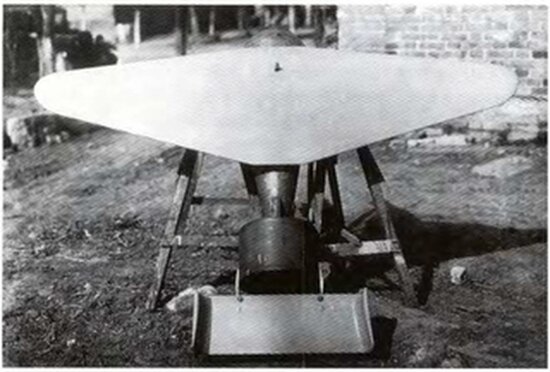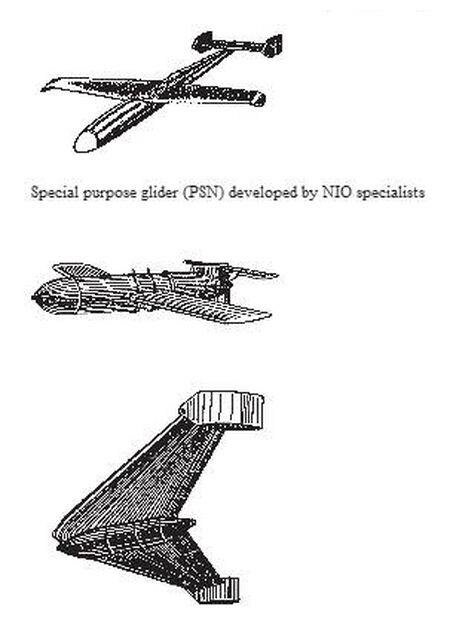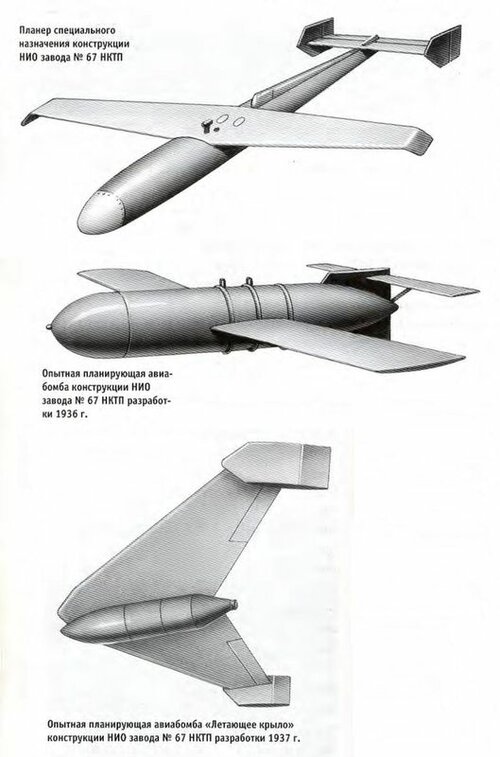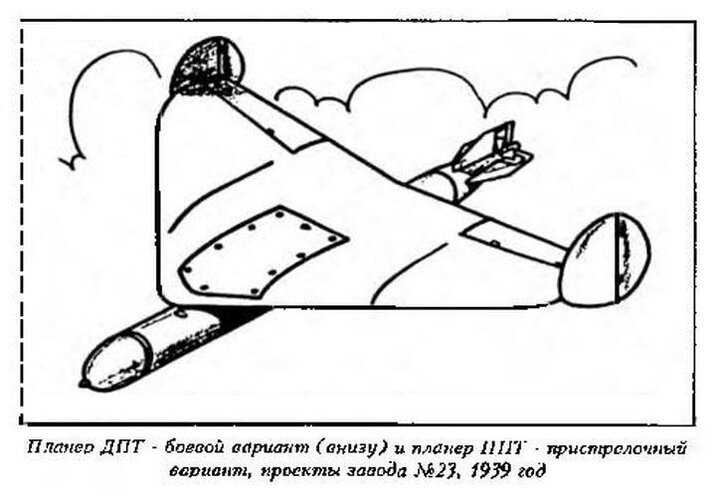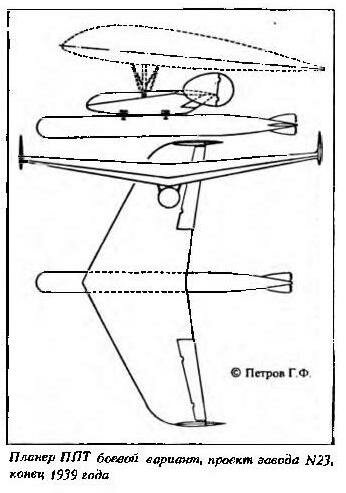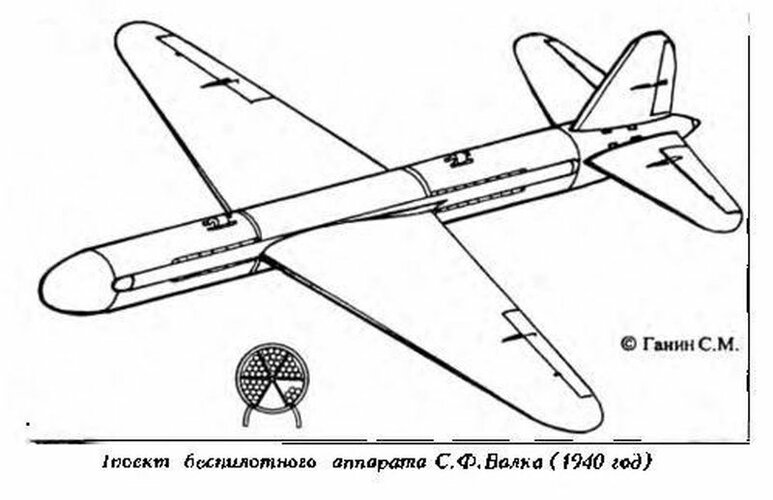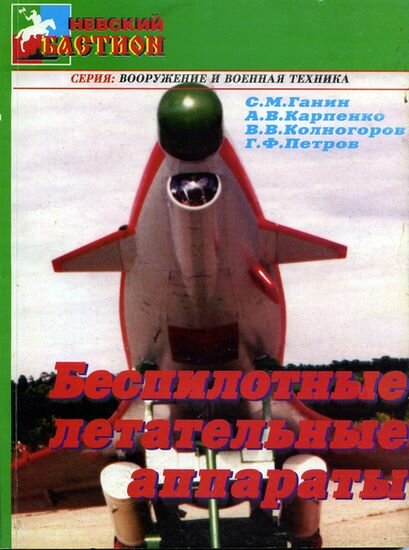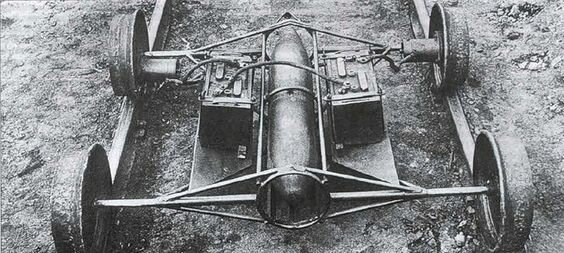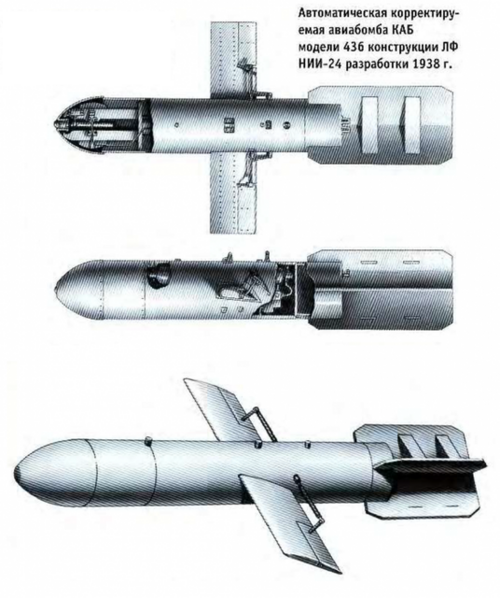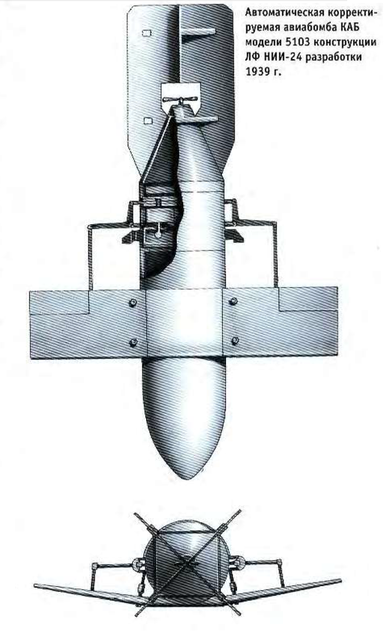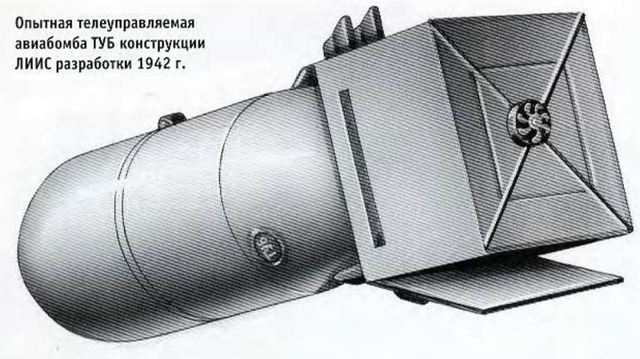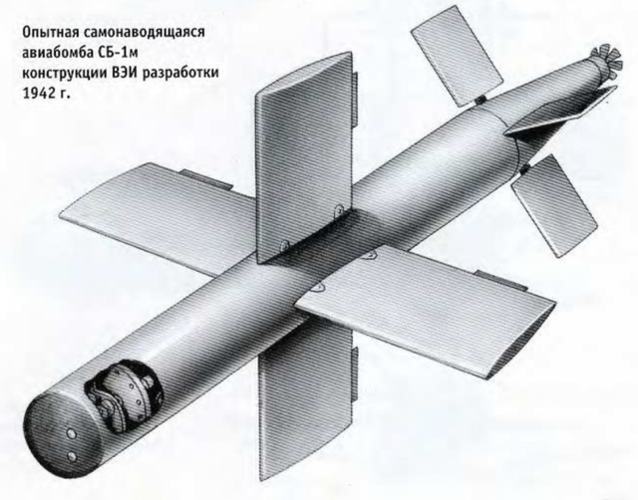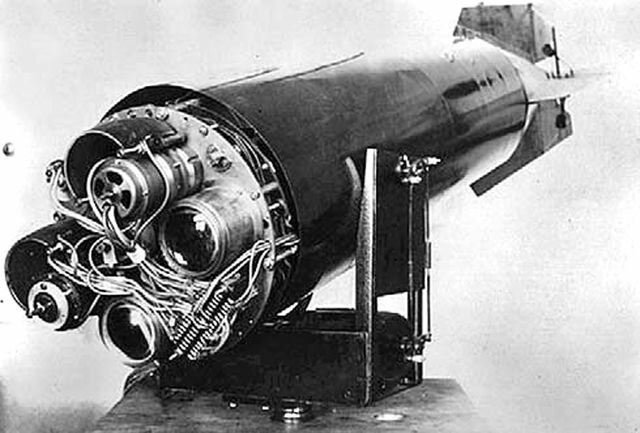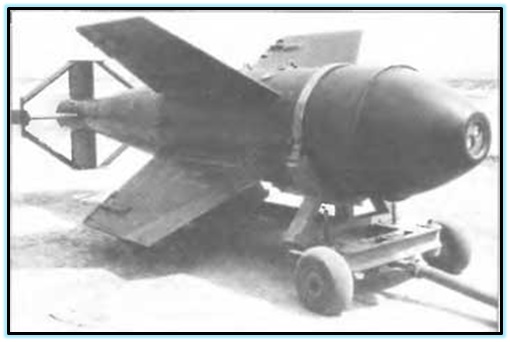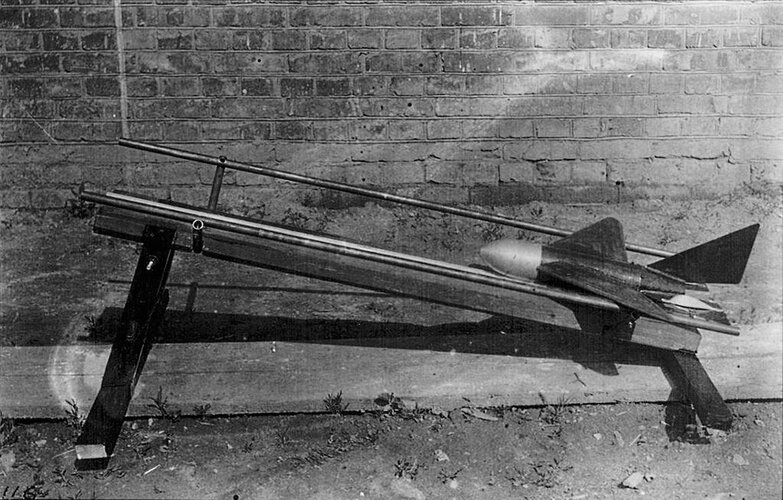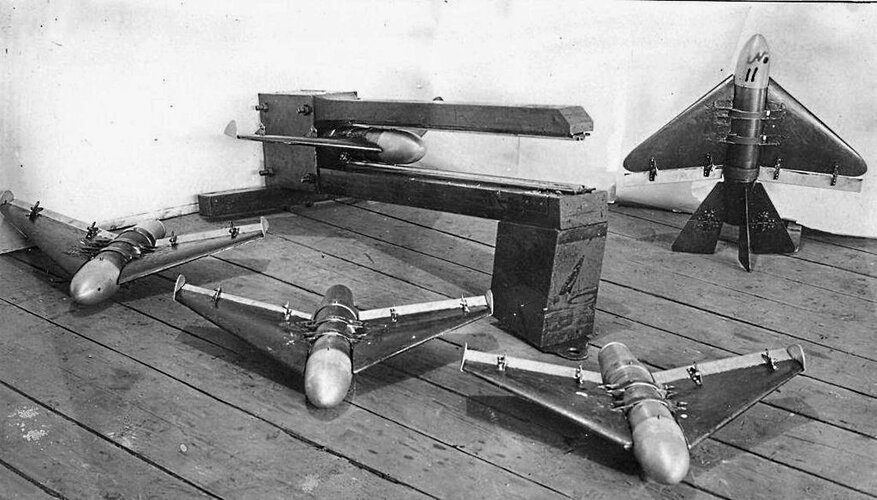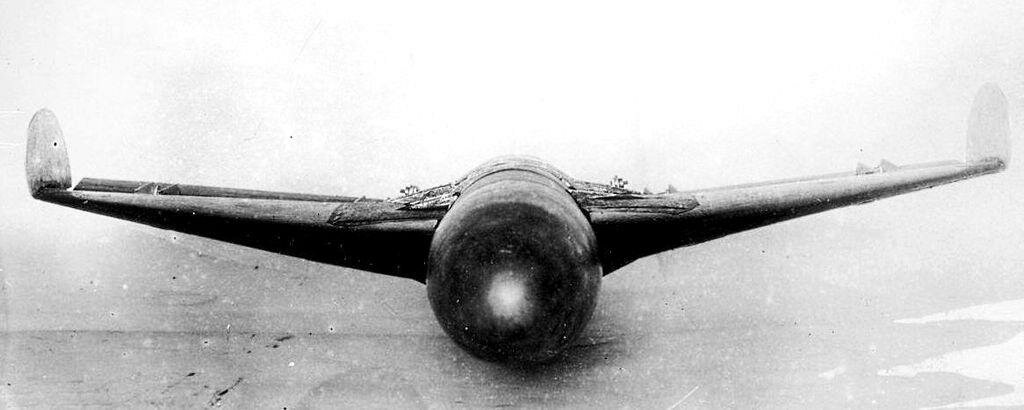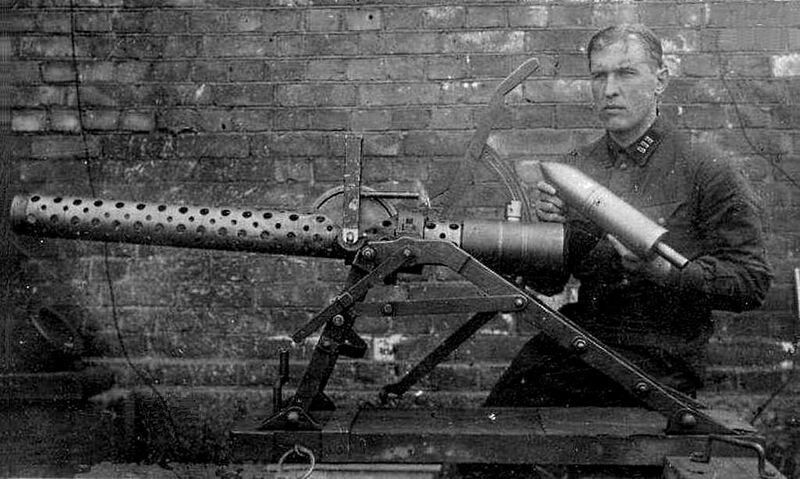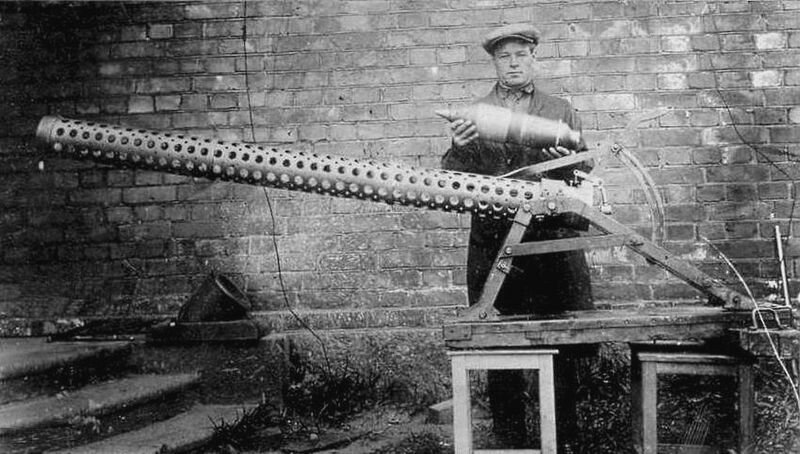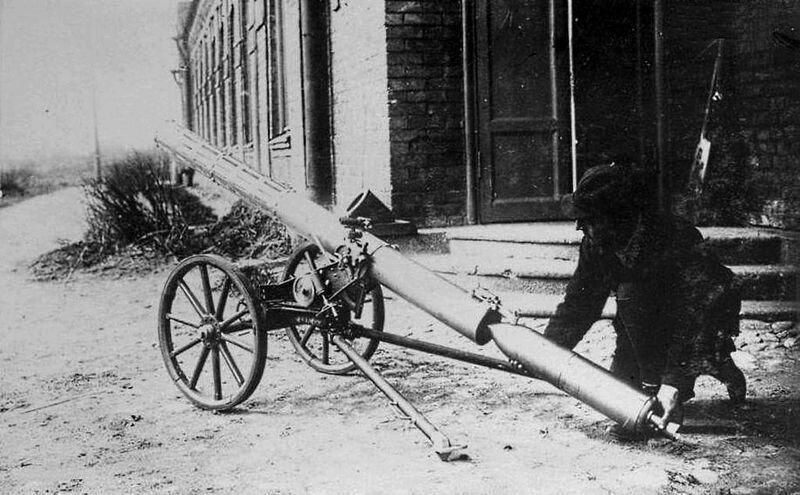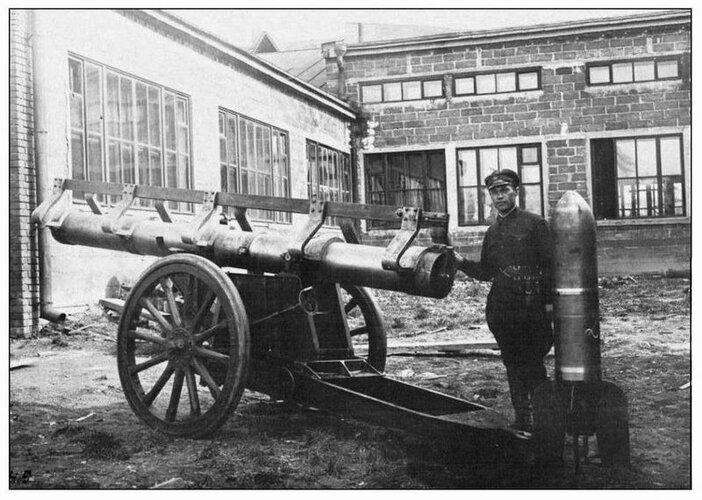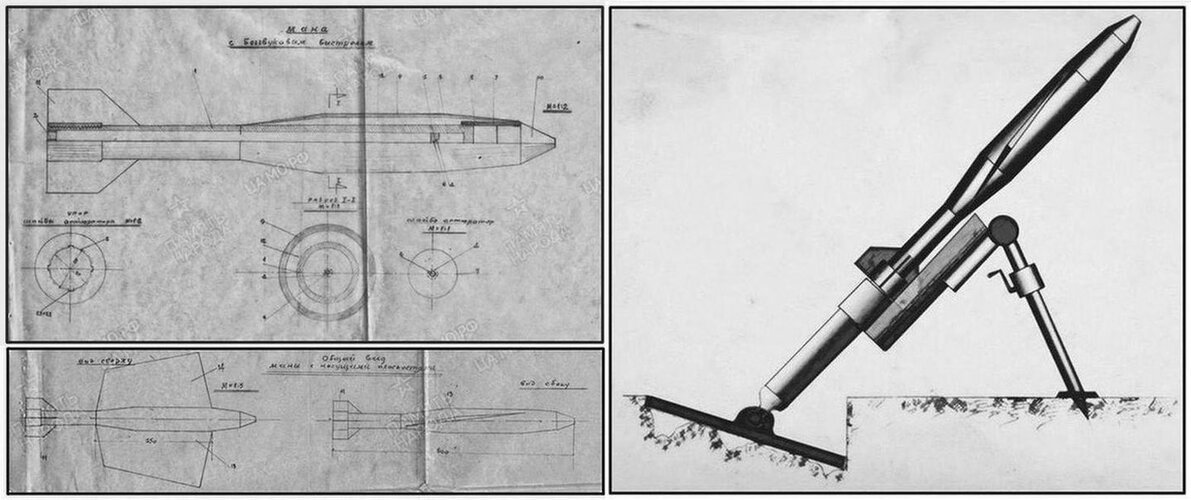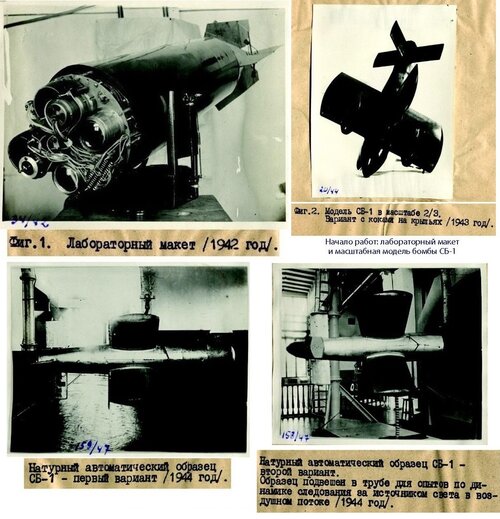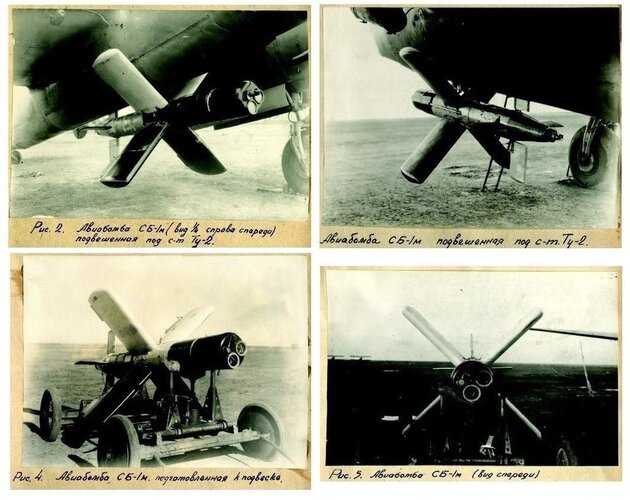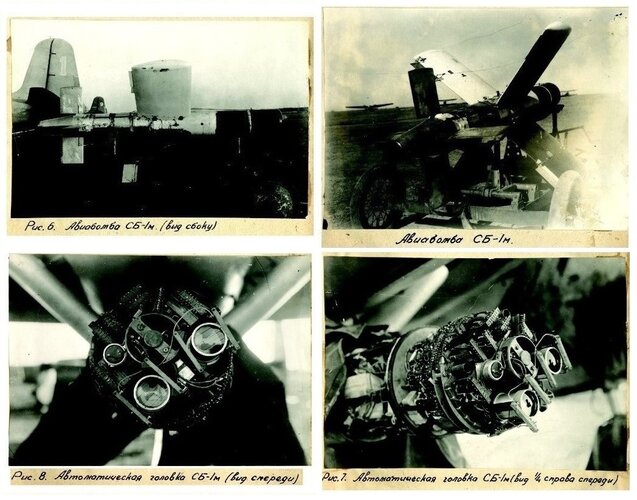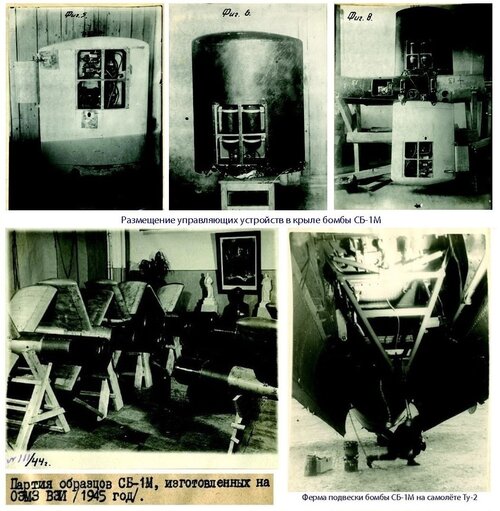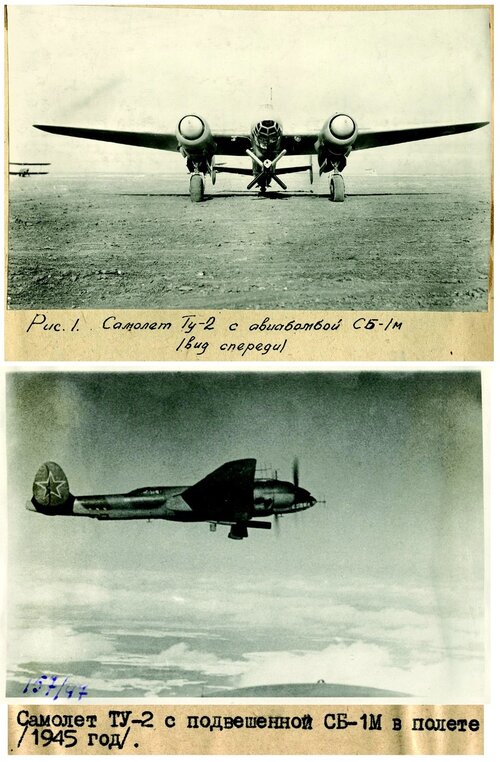"The project of a 57-mm mortar with a silent shot. Army project of Lieutenant Panteleev M.N., presented in May 1944. The project of l-ta Panteleev contains sketches of the actual mortar and ammunition with a silent shot and a flat trajectory, a theoretical justification for the development, preliminary calculations, application prospects. There are discrepancies in the descriptive and computational parts of the project. A rod mortar with an imaginary triangle layout scheme, with a base plate and a coulter is proposed. The mortar has a guide rod with a length of 500 mm and a diameter of 25 mm, along the outer surface of which 4 longitudinal ribs with a height of 2-2.5 mm are made, a firing pin is fixed on the "muzzle" of the rod. The guide rod passes into a support pipe with a diameter of 50 mm, which ends with a ball fifth, which is installed in the socket of the base plate. A bracket from a corner on which a bipedal coulter is mounted is fixed on the support pipe. In general, the methods of handling a mortar are similar to the methods of handling regular 50-mm and 82-mm mortars, the shot is self-inflicted. The mine is put on the guide rod, while it is required to combine the position of the cutouts of the thrust coupling of the mine and the ribs on the guide rod, the mine drops to the stop under its own weight, the firing pin in the end of the guide rod impales the primer igniter, the firing charge is ignited and the mine is thrown. The sight, the rotary mechanism, the lifting and leveling shock absorber, the base plate are the same as those of the 82 mm mortar.The total design weight of the mortar is about 30 kg. The fragmentation ammunition (mine) contains a steel central tube ("barrel"), at the cut of which the first 4 stabilizer is installed, and at the upper blind end of the tube a propellant charge with an igniter capsule and an obturator washer (piston) with a hole for the passage of the striker is placed.
The total length of the mine is 600 mm. A branch pipe with 2 side holes is screwed onto the "trunk" of the mine, 10 grams of TNT (intermediate detonator) is placed in the branch pipe and the head mine fuse is screwed in. A splinter cast-iron casing with an outer diameter of 57 mm, having a mass of 0.7 kg, is fixed around the "trunk" of the mine. A charge of TNT (apparently bulk) weighing 0.1 kg is placed inside the cast-iron casing (in calculations, the mass of TNT is assumed to be 0.4 kg). The total mass of the ammunition is about 3 kg. The estimated mass of the explosive charge is about 15 g of smokeless powder, while the estimated initial velocity of the mine is about 100 m / s, with an elevation angle of 45 °, the estimated firing range is about 1100 m. For firing along a flat trajectory, Panteleev proposed to equip the ammunition with additional bearing planes mounted on the body of the mine at an angle of 15 ° to the axis. The total area of the planes is 500 cm2, the span is 30 cm, the approximate weight of the planes is 200-300 grams, they are made of plastic or aluminum. The planes are removable, installed on the mine immediately before firing. According to the author's idea, a mine equipped with similar wings can be used for direct fire at small elevation angles (only how reliable will self-tapping be at small elevation angles of the guide rod?) The soundlessness and flamelessness of the shot is ensured by locking the powder gases of the explosive charge in the "barrel" of the mine, under the influence of which the obturator, acting as a piston, pushes the mine away from the guide rod of the mortar, which ensures throwing. The obturator brakes at the open cut of the "trunk" of the mine, clogging the "trunk". The calculated gas pressure in the charging chamber is 1850 kg/cm2, the calculated pressure at the mine "trunk" section is 145 kg/cm2. When hitting the target, the "trunk" of the mine breaks, creating additional striking elements".( The Panteleev 57-mm mortar project .USSR. 1942 / 1944).-(
https://raigap.livejournal.com/958075.html)
View attachment 673819

